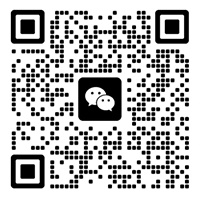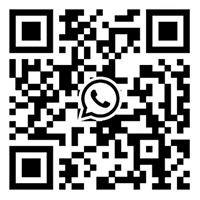The origin of the development of bearings
Release time:
2023-08-17
An early form of linear motion bearing was a row of wooden rods placed under a row of skids. Modern linear motion bearings use the same principle of operation, except that sometimes balls are used instead of rollers.
An early form of linear motion bearing was a row of wooden rods placed under a row of skids. Modern linear motion bearings use the same principle of operation, except that sometimes balls are used instead of rollers. The simplest type of rotary bearing was the bushing bearing, which was simply a bushing sandwiched between the wheel and the axle. This design was then replaced by the rolling bearing, which is a bearing that replaces the original bushing with a number of cylindrical rollers, each of which acts like a separate wheel.
An early example of a ball bearing was found on an ancient Roman ship constructed in 40 B.C. found in Lake Nemi, Italy: a wooden ball bearing was used to support a rotating tabletop. Leonardo da Vinci is said to have described a ball bearing around 1500. Among the various unsophisticated elements of ball bearings is the fact that the balls can collide with each other, causing additional friction. This can be prevented by placing the balls in a small cage, and Galileo's earliest description of the "caged ball" ball bearing was given in the 17th century. At the end of the 17th century, C. Valor of England designed and manufactured ball bearings, which were mounted on mail carriages and tried out, and P. Worth of England patented the ball bearing. The first practical rolling bearing with a cage was invented by watchmaker John Harrison in 1760 for the H3 chronograph. At the end of the 18th century, H.R. Hertz of Germany published a paper on contact stresses in ball bearings. On the basis of Hertz's achievement, R. Streibeck of Germany, A. Palmgren of Sweden and others carried out a large number of tests and contributed to the development of the design theory and fatigue life calculation of rolling bearings. Subsequently, N.P. Petrov of Russia applied Newton's law of viscosity to calculate bearing friction. The first patent on ball grooves was granted to Philip Vaughan of Carmarthen in 1794.
In 1883, Friedrich Fischer laid the foundations of the bearing industry with his proposition of using suitable production machines to grind steel balls of the same size and exact roundness. O. Reynolds of England mathematically analyzed Thor's discovery and derived the Reynolds equation, which henceforth laid the foundation for the theory of fluid dynamic pressure lubrication.
Latest News
Precautions for the use of deep groove ball bearings
For deep groove ball bearings, the bearing load is too small during operation, which will cause sliding between the ball and the raceway, which will become the cause of scratches. This is especially true for large deep groove ball bearings with heavy ball and cage weights. In many cases, bearings will corrode. There are many reasons for bearing corrosion. The most common factors in our daily life are the following:
2022-03-22
The causes of rolling bearing heat and its elimination methods
Bearing precision is low: choose the specified precision grade bearing. Spindle bending or box hole is not centered: repair the spindle or box.
2023-08-17
Maintenance and care of bearings
Dismantling of bearings is carried out for regular maintenance and bearing replacement. After disassembly, if the bearings continue to be used, or if it is necessary to check the status of the bearings, the disassembly should be carried out with the same care as when they are installed. Be careful not to damage the bearing parts, especially the disassembly of interference fit bearings, which are difficult to operate.
2023-08-17
The number of revolutions or hours that a bearing experiences before pitting occurs under a certain load is called the bearing life.
2023-08-17
The main problems faced by China's bearing industry
According to the National Bureau of Statistics data, in 2011 China bearing manufacturing industry scale (annual sales revenue of more than 20 million yuan) a total of 1,416 enterprises, the annual industrial output value of 193.211 billion yuan, an increase of 27.59%; sales revenue of 191.097 billion yuan, an increase of 30.30%; total profit of 12.523 billion yuan, compared with the previous year's growth of 26.54%. It is expected that by 2015, China's bearing production is expected to exceed 28 billion sets, the main business income is expected to reach 210 billion yuan, becoming the world's largest bearing production and sales base.
2023-08-17
The origin of the development of bearings
An early form of linear motion bearing was a row of wooden rods placed under a row of skids. Modern linear motion bearings use the same principle of operation, except that sometimes balls are used instead of rollers.
2023-08-17



